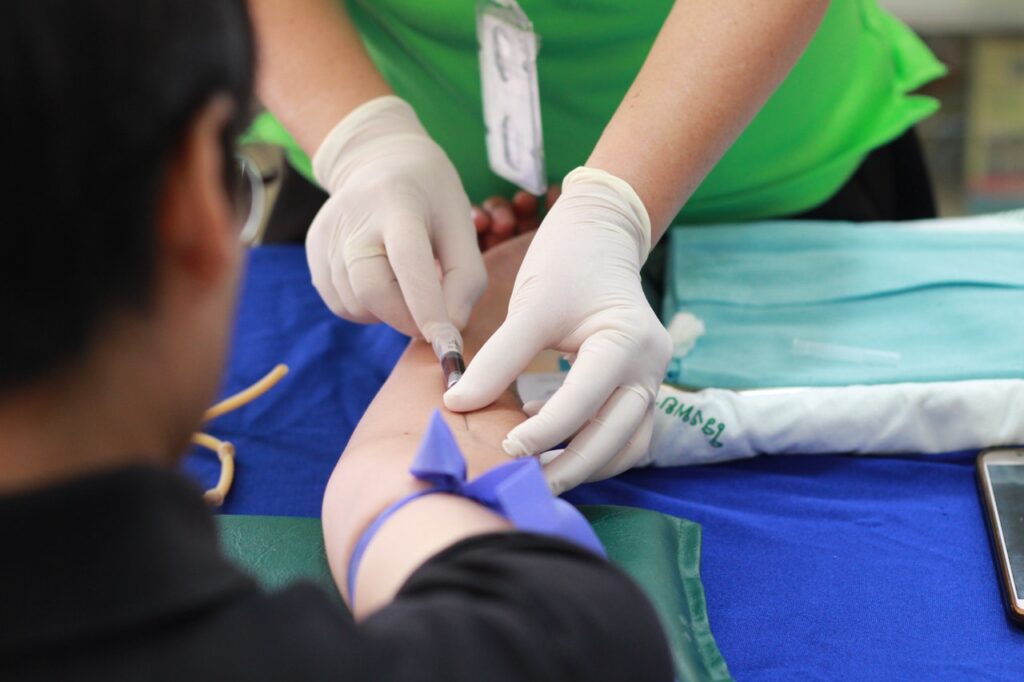The porphyrias are a group of uncommon diseases that cause either disease affecting the skin, disease affecting the nervous system, or both.
Porphyria results from accumulation of porphyrins either in the skin, which results in sensitivity to sunlight, or in the liver, which results in acute attacks of porphyria. Normally, porphyrins are converted from one type of porphyrin to another, in a sequence of chemical reactions, each one…
Once a person is known to have a particular porphyria, or a relative who carries the same gene but has not yet been affected is identified, there are precautions that can be taken to prevent recurrence or a first attack. For the acute neurological porphyrias i.e. AIP (acute intermittent porphyria), VP (variegate porphyria) and HCP (hereditary coproporphyria) the most important precaution is avoiding using drugs that are known to precipitate attacks. Lists of known and suspected drugs are available (see the links at the end of this article). If attacks occur regularly related to the menstrual cycle then hormone manipulation to change the menstrual cycle may prevent attacks. Strict dieting is not recommended in people with one of the acute porphyrias and, in females, avoidance of the contraceptive pill is advised.
Treatment of acute neurological porphyrias involves identifying and removing any precipitating factors, giving an intravenous infusion of a haem derivative such as haematin or haem arginate and supplying enough nutrition, particularly glucose, by intravenous infusion if necessary. Intensive medical care may be required in severe cases. The National Acute Porphyria Service (NAPS) was commissioned by NHS England in 2012 to provide acute care support and clinical advice to patients with one of the acute porphyrias (AIP, VP or HCP).
People with PCT (porphyria cutanea tarda) need to avoid alcohol consumption. Sun protection with clothing and complete sunblock lotions is also very important. Occasionally, venesection, or removal of blood, may be used. Removal of blood removes iron from the body as excess iron exacerbates PCT. People who cannot tolerate venesection may be treated with chloroquine to help remove excess porphyrins.
Children and adults with EPP (erythropoietic protoporphyria) benefit from sun protection using thick clothing. Conventional sunscreens have limited effectiveness. Treatment with beta-carotene reduces sun sensitivity and skin symptoms.
People with VP and HCP need to take the same precautions as people with AIP to avoid neurological symptoms. They also need sun protection with clothing and complete sunblock lotions if they suffer from sun sensitivity.

